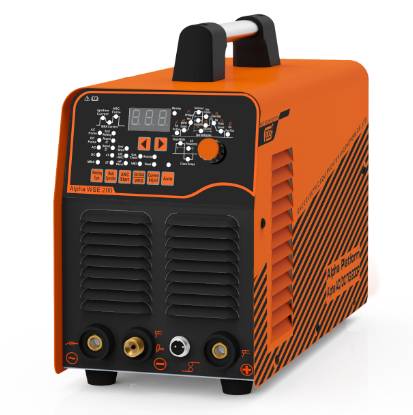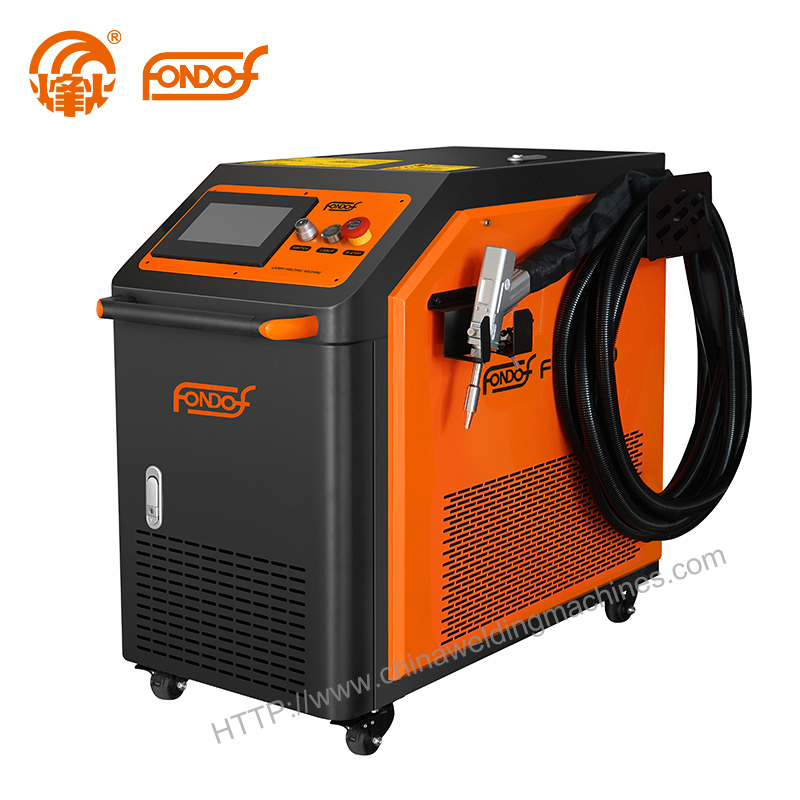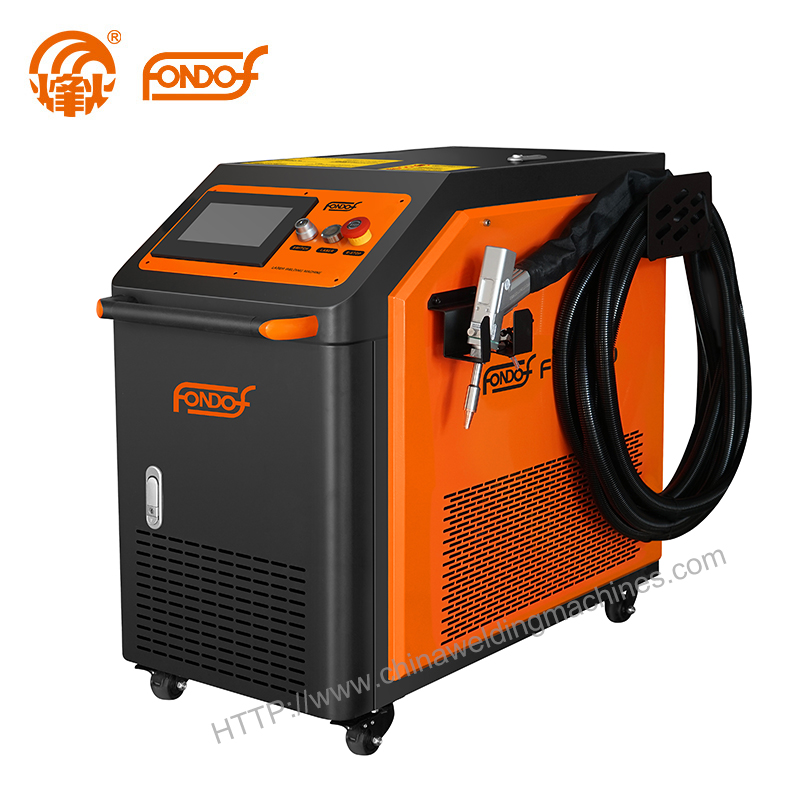TIG Welding Aluminium? Should You Use AC or DC
 Feb. 22, 2024
Feb. 22, 2024
Aluminium TIG welds can be the most difficult to achieve, if you’re not using the right process.
In this discussion, we will explore the distinctions between employing AC and DC welding currents for aluminum TIG welding. We'll address the feasibility of using DC welding and elucidate why AC welding has become the industry standard. Additionally, we'll delve into the hurdles encountered when TIG welding aluminum and examine the equipment utilized in the process.
Why AC is Preferred for TIG Welding Aluminum
In TIG welding aluminum, alternating current (AC) is typically preferred over direct current (DC). But why?
When welding aluminum with TIG, AC is chosen because it alternates between positive and negative cycles. The positive cycle acts as a scrubbing effect on the surface, breaking up oxides that can impair weld quality. This is evident in the flawless welds we often admire in pictures.
The negative cycle, on the other hand, facilitates weld penetration. Together, these cycles work in harmony to achieve high-quality welding results.
Using AC simplifies the process of producing clean, high-quality TIG welds on thin aluminum. However, is it possible to use DC for welding aluminum?
Can you Weld Aluminium with DC TIG?
Under specific circumstances, welding aluminum with DC (direct current) is not only possible but can also be advantageous. This approach is particularly beneficial when dealing with thicker aluminum, specifically 1/4" or more.
In instances where using AC polarity would require extensive effort due to the shallow weld it produces, opting for DC becomes a viable alternative. Additional steps, such as bevelling the joint, laying a root bead, and executing the weld in multiple passes, are necessary to ensure proper penetration.
Experienced TIG welders can save time and material by using DC welding for aluminium, needing just one pass. However this is only possible with certain grades of aluminium, including pure aluminium (1100), as well as 6061 and 2219. Note; DC welding should not be used for welding thin aluminium sheet! High heat input will cause distortion and warping.
Challenges in Aluminum TIG Welding
Welding aluminum presents several challenges owing to the presence of an oxide layer surrounding the material. This layer, with a higher melting point than the base metal, requires removal or disturbance for achieving a seamless weld.
While cleaning the weld area with a steel brush is helpful, truly successful welds often necessitate the use of AC current to ensure a clear view of the weld pool.
Another challenge is managing heat input during welding. The high thermal conductivity of aluminum makes retaining heat within the weld pool area demanding. Although substantial heat input is crucial, it must be carefully controlled to prevent issues such as the weld puddle running away or burn-through.
To address this, a shorter arc length can be employed to concentrate heat input in a smaller area. Additionally, a foot pedal proves beneficial for controlling the current during welding, enabling operators to make real-time adjustments on the job.





























